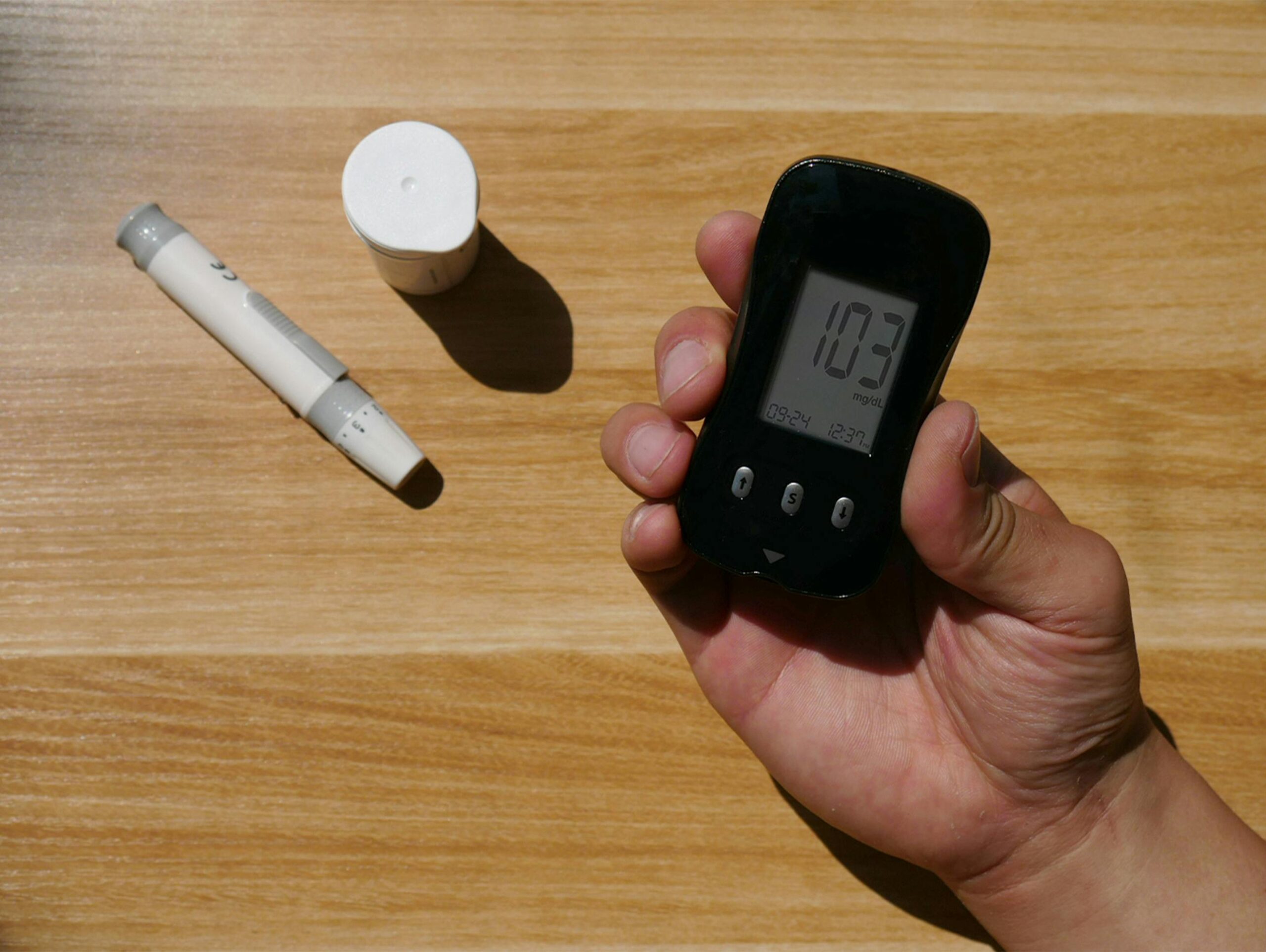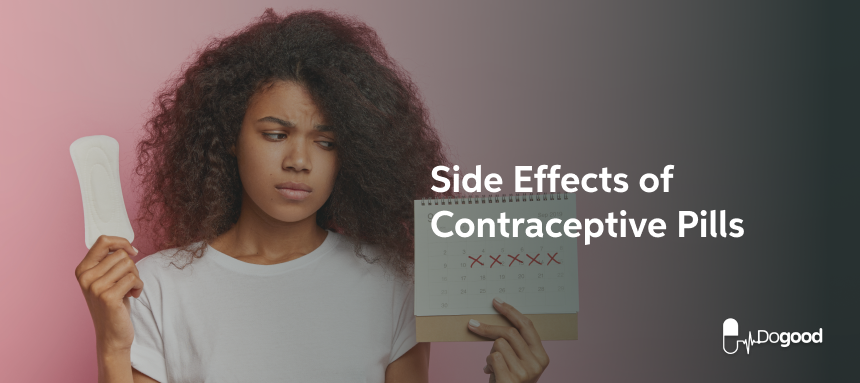Introduction
Living with diabetes requires careful attention to blood sugar levels, but managing the condition goes far beyond that. Diabetes, when left uncontrolled, can lead to serious long-term health complications. These complications can affect multiple parts of the body, significantly impacting your overall health and quality of life. However, with proper management, many of these risks can be minimized.
In todays article we would share more lights on the complications of diabetes and how to avoid them.
Common Long-term Complications of Diabetes
Cardiovascular Disease
People with diabetes are at a much higher risk of developing cardiovascular diseases like heart attack, stroke, and atherosclerosis (hardening of the arteries). High blood sugar levels damage blood vessels over time, increasing the likelihood of plaque buildup in the arteries. In addition to high blood sugar, many diabetic patients also struggle with high blood pressure and high cholesterol, which further elevate their risk of heart-related complications.
Maintaining a healthy lifestyle, including managing your weight, blood pressure, and cholesterol, can greatly reduce your chances of heart disease.
Nephropathy (Kidney Damage)
High blood sugar can damage the kidneys, leading to a condition called nephropathy. Over time, diabetes can cause the kidneys to lose their ability to filter waste from the blood, potentially leading to kidney failure. People with severe nephropathy may require dialysis or a kidney transplant.
Retinopathy (Eye Damage)
Diabetes is a leading cause of blindness in adults, and it significantly increases the risk of conditions like glaucoma and cataracts. Retinopathy occurs when high blood sugar damages the blood vessels in the retina, leading to vision problems and, in severe cases, blindness. Regular eye check-ups can help detect early signs of retinopathy and prevent vision loss.
People with diabetes often experience poor circulation and nerve damage in their feet, which can lead to severe foot problems. Diabetic foot complications include ulcers, infections, and in extreme cases, amputations. Proper foot care and regular check-ups are essential for preventing these issues.
Other Potential Complications
People with diabetes are prone to developing various skin infections and conditions due to high blood sugar. Some common issues include bacterial and fungal infections, as well as dry skin that can lead to cracks and ulcers.
Hearing Impairment
Research suggests that high blood sugar levels can damage the small blood vessels in the ears, leading to hearing loss. People with diabetes are twice as likely to experience hearing impairment compared to those without the condition.
Oral Health Issues
Diabetes can increase your risk of gum disease, infections, and even tooth loss. High blood sugar weakens the immune system and can cause the gums to become inflamed or infected more easily. Proper oral hygiene and regular dental visits are essential for maintaining gum health.
Sexual Dysfunction
Both men and women with diabetes can experience sexual health issues. For men, erectile dysfunction is a common complication, while women may struggle with vaginal dryness, decreased libido, or difficulty achieving orgasm. These issues can often be managed with medical help and lifestyle changes.
Does Diabetes also affect Mental health?
Yes!
Managing diabetes and its potential complications can take a toll on mental health, leading to anxiety, depression, or stress. It’s important to seek support, whether through therapy, counseling, or diabetes support groups, to manage these challenges effectively.
Effective Ways to Prevent Complications of Diabetes
-Controlling Blood Sugar Levels
Keeping your blood sugar levels within your target range is one of the most effective ways to prevent complications. Regular monitoring, a balanced diet, and medication are key components of managing diabetes.
-Managing Blood Pressure and Cholesterol
High blood pressure and cholesterol increase the risk of cardiovascular disease, especially in people with diabetes. Incorporating regular exercise, a heart-healthy diet, and medications as needed can help control these levels.
Healthy Diet and Nutrition
A nutrient-rich diet that focuses on whole foods, such as vegetables, lean proteins, and healthy fats, supports better blood sugar control. It’s also important to limit processed foods, refined sugars, and unhealthy fats that can spike blood sugar and contribute to complications.
Regular Physical Activity
Exercise plays a crucial role in managing diabetes by improving blood sugar control and promoting heart health. Diabetic patients should aim for a mix of aerobic activities (like walking or cycling) and strength training to support their overall health.
Avoid Smoking
Smoking increases the risk of cardiovascular disease and can make it harder to manage blood sugar levels. Quitting smoking is one of the most effective ways to reduce these risks. Support and resources are available to help individuals quit smoking for good.
Proper Foot Care
Daily foot inspections, wearing comfortable shoes, and seeking prompt treatment for any cuts or sores are essential for preventing serious foot complications. Poor circulation and nerve damage in the feet make it harder for wounds to heal, so early intervention is crucial.
Routine Check-ups and Health Screenings for Diabetes Patients
Routine check-ups and health screenings are essential for individuals with diabetes, allowing for regular assessment of blood sugar, cholesterol, and blood pressure levels. These preventive measures help detect complications early, ensuring effective management and promoting long-term health and well-being.
Below are important checks you shoukd make thr next time you see your doctor
Eye Exams
Annual eye exams are critical for catching early signs of diabetic retinopathy and other eye issues. Early detection can help preserve vision and prevent blindness.
Kidney Function Tests
Regular urine and blood tests help monitor kidney function, allowing for early intervention if any signs of nephropathy are detected.
Nerve Function Tests
Routine nerve function screenings can detect early signs of neuropathy, which affects sensation in the hands and feet. Early treatment can prevent further nerve damage.
Dental Check-ups
Regular dental check-ups help prevent gum disease and other oral health issues. Proper oral hygiene and professional care are important for avoiding complications.
Conclusion
Diabetes management requires a proactive approach to prevent long-term complications. By maintaining a healthy lifestyle, monitoring blood sugar, and attending regular medical check-ups, you can significantly reduce your risk of serious health issues. Staying consistent with these practices not only helps prevent complications but also improves your overall quality of life.













